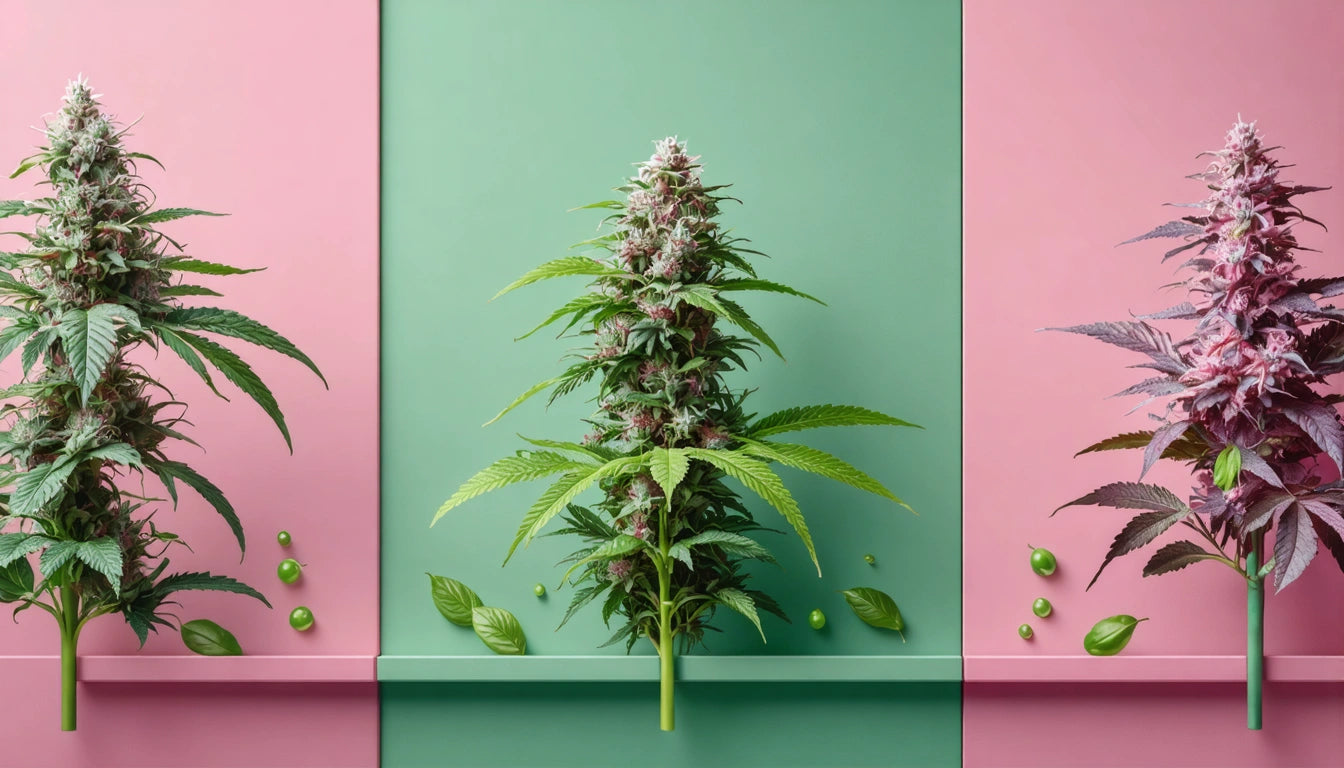Table of Contents
- Humidity Challenges for Cannabis Storage
- Mold Prevention Strategies for High-Humidity Environments
- Humidity Control Solutions and Technologies
- Strain-Specific Considerations for Humidity Management
- Best Storage Practices for Different Climate Zones
- Implementation Strategies for Businesses and Consumers
Avoiding Mold in High-Humidity Climates: Cannabis Storage Guide
High-humidity environments present significant challenges for cannabis storage, with mold contamination being the primary concern. Regions with relative humidity consistently above 65% create ideal conditions for mold growth, potentially compromising product quality, safety, and compliance. This guide explores comprehensive strategies for avoiding mold while maintaining optimal terpene profiles and cannabinoid potency in challenging climate conditions.
Humidity Challenges for Cannabis Storage
Cannabis is hygroscopic, meaning it readily absorbs and releases moisture from its surrounding environment. In high-humidity climates, this property becomes problematic as excess moisture can lead to mold development within 24-48 hours. The ideal relative humidity (RH) range for cannabis storage is between 58-62%, significantly lower than ambient conditions in tropical or coastal regions where humidity regularly exceeds 70%.
Common signs of humidity-related issues include:
- Musty or ammonia-like odors
- Visible white or gray fuzzy growth
- Unusual discoloration of flower
- Clumping of ground material
- Increased brittleness or unexpected softness
Mold Prevention Strategies for High-Humidity Environments
Proper Curing Techniques
The foundation of mold resistance begins with proper curing. Slow, controlled drying in environments with 45-55% humidity creates a baseline resistance to mold. This process allows internal moisture to gradually migrate outward without creating pockets of trapped humidity that can later become breeding grounds for mold spores.
Air Circulation Considerations
Stagnant air is a major contributor to mold development. Strategic air circulation that doesn't directly blow on stored cannabis helps prevent moisture accumulation. Many commercial operations implement specialized ventilation systems with HEPA filtration to maintain air quality without introducing new contaminants.
Humidity Control Solutions and Technologies
Two-Way Humidity Control Packs
Humidity control packs have revolutionized cannabis storage by maintaining specific RH levels within sealed containers. Products like those found in humidity control collections work by either releasing or absorbing moisture to maintain optimal conditions.
The difference between various humidity pack options lies in their technology and longevity. For instance, comparing leading humidity pack brands reveals significant differences in moisture regulation methodology and shelf life.
Monitoring Systems
Digital hygrometers and indicator cards provide vital feedback on storage conditions. These tools alert users when humidity levels drift outside optimal ranges, allowing for timely intervention before mold can develop.
For businesses managing inventory across different climate zones, tracking systems for RH levels help maintain consistent quality control protocols.
Strain-Specific Considerations for Humidity Management
Different cannabis strains exhibit varying susceptibility to mold based on their physical characteristics. Dense, tightly-packed buds retain more moisture and require more aggressive humidity management than looser flower structures.
Research indicates that optimal RH levels can vary between strains, with some varieties performing better at the lower end of the recommended range (58%) while others maintain optimal terpene preservation at slightly higher levels (62%).
When processing different varieties, our precision grinding equipment can help achieve consistent particle size, which improves airflow and reduces mold risk during storage.
Best Storage Practices for Different Climate Zones
Tropical and Coastal Regions (70%+ RH)
In extremely humid environments, multiple defensive layers are necessary:
- Use airtight glass containers with humidity packs
- Store in temperature-controlled environments (65-70 °F)
- Consider vacuum-sealed options for longer-term storage
- Implement weekly visual inspections
- Utilize humidity indicators with color-change technology
Moderate Humidity Regions (50-70% RH)
Areas with moderate humidity require vigilance during seasonal changes:
- Use humidity packs appropriate for your region's fluctuations
- Ensure containers are opened less frequently
- Monitor seasonal shifts that may require different storage strategies
For long-term storage in any climate, specific RH levels have been identified as optimal for preserving cannabinoid and terpene integrity.
Implementation Strategies for Businesses and Consumers
The approach to humidity management differs significantly between commercial operations and individual consumers. Businesses must consider scale, compliance, and inventory turnover, while consumers focus on preserving smaller quantities for personal use.
Commercial Implementation
For commercial operations, humidity control becomes part of standard operating procedures:
- Integrate humidity packs during packaging workflows
- Train staff on visual inspection protocols
- Implement climate-controlled storage areas
- Consider bulk humidity control solutions for cost efficiency
Consumer Education
Retailers in high-humidity regions should educate customers on proper storage:
- Provide guidance on humidity pack usage
- Offer storage containers designed for humidity management
- Explain terpene preservation benefits of proper humidity control
By implementing these comprehensive strategies, both businesses and consumers can effectively navigate the challenges of high-humidity environments, ensuring product integrity, safety, and optimal experience despite challenging climate conditions.











Leave a comment
All comments are moderated before being published.
This site is protected by hCaptcha and the hCaptcha Privacy Policy and Terms of Service apply.